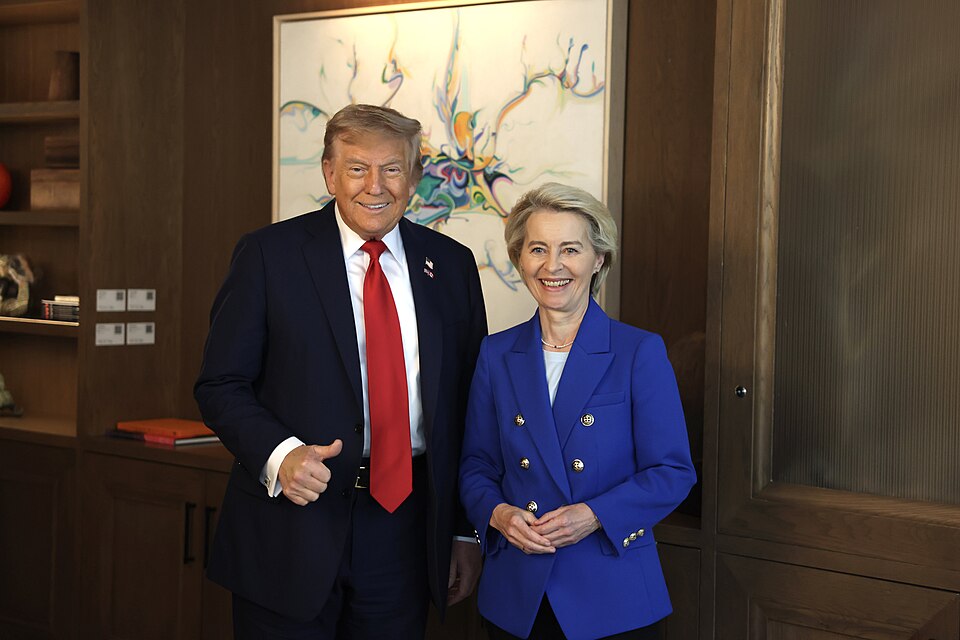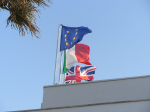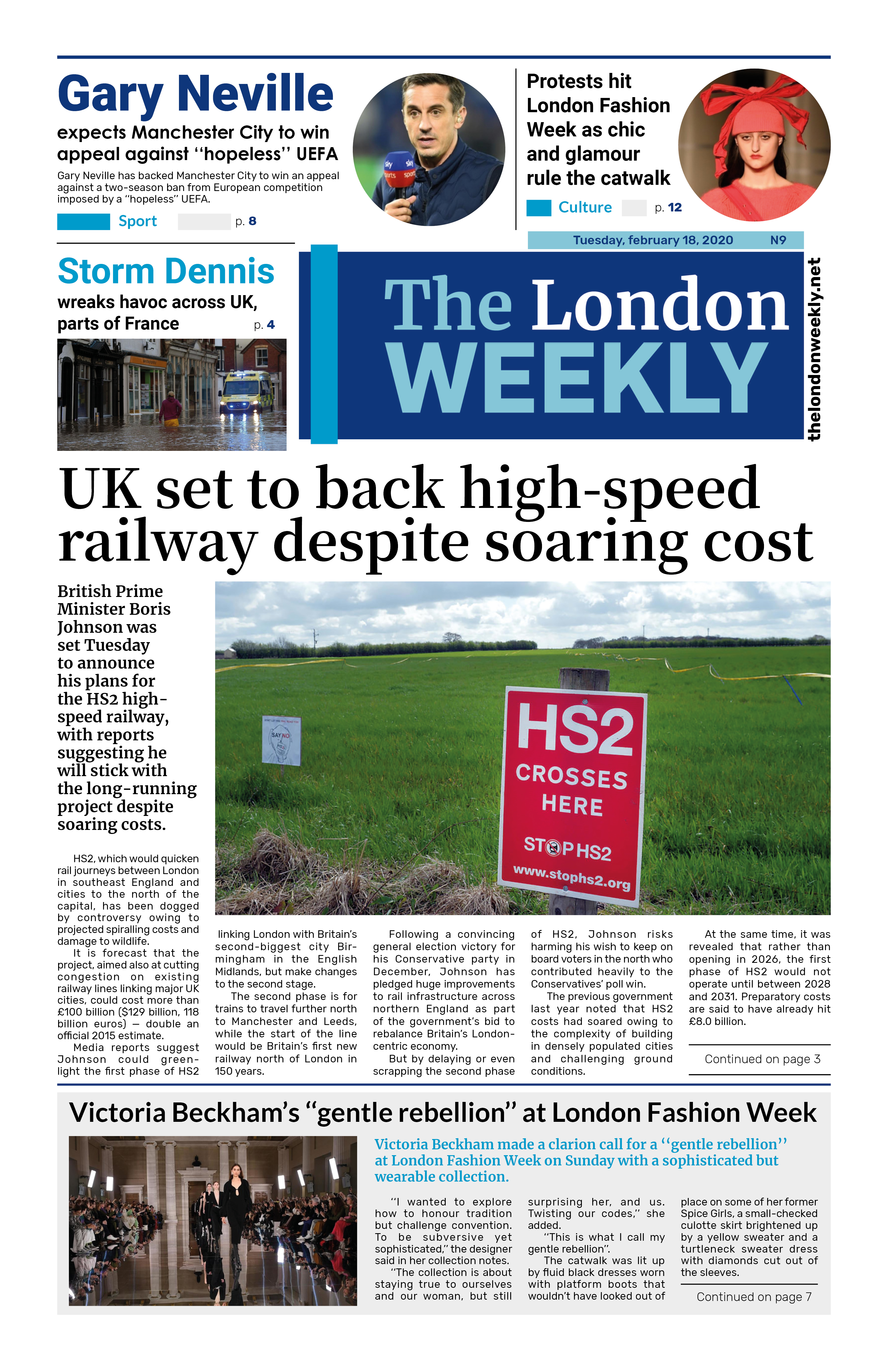
The United States and the European Union have reached a new trade agreement, ending months of tension between two of the world’s largest economic powers.
Following high-stakes talks in Scotland between President Donald Trump and European Commission President Ursula von der Leyen, the sides agreed to a 15% tariff on all EU goods entering the US. This is a significant reduction from the 30% Trump had previously threatened to impose.
In exchange, the EU will lower tariffs to zero on select American products. Von der Leyen praised the deal, calling it a step toward stability for both economies, which together account for nearly a third of global trade.
Trump has used tariffs as a tool to reduce the US trade deficit and reshape global trade. In addition to the EU, he has signed tariff deals with the UK, Japan, Indonesia, the Philippines, and Vietnam, though his goal of “90 deals in 90 days” remains unfulfilled.
France’s European Affairs Minister Benjamin Haddad acknowledged benefits in the deal, including protections for key French industries like spirits, but criticized it as unbalanced. “It brings temporary stability but remains unfair,” he wrote on X.
"A good deal for everybody"
The agreement was announced after a private meeting between Trump and von der Leyen at Trump’s Turnberry golf course in South Ayrshire. “We’ve reached a deal. It’s a good deal for everybody,” Trump said. Von der Leyen called it a “huge deal” following “tough negotiations,” noting that the agreement is a framework, with technical details still to come.
The European Commission will brief member states on the outcome Monday, as final approval from EU countries is still needed.
Trump said the EU plans to invest $600 billion in the US—including in American-made military equipment—and spend $750 billion on energy imports like liquefied natural gas, oil, and nuclear fuel. Von der Leyen highlighted this as a way to reduce Europe's dependence on Russian energy.
Tariffs and exemptions
Not all products will face tariffs. Aircraft parts, some chemicals, and certain agricultural goods will be exempt. A separate semiconductor agreement is reportedly in progress. However, a 50% US tariff on global steel and aluminum imports will remain.
Some EU members are still pushing for exemptions—especially France and the Netherlands, which want protections for their wine and beer industries.
Von der Leyen thanked Trump for his “personal commitment and leadership,” calling him a “tough negotiator” but also a “dealmaker.”
Winners and losers
While the US stands to gain roughly $90 billion in annual tariff revenue and hundreds of billions in investment, the benefits for the EU are less clear. Still, European leaders acknowledged that the outcome could have been worse. The 15% tariff is higher than the UK’s 10% deal, but matches Japan’s rate.
Von der Leyen spoke of “rebalancing” the trade relationship—a phrase that appeared aimed at aligning with Trump’s rhetoric. The US imported $606 billion in goods from the EU last year and exported only $370 billion, a deficit Trump views as the US “losing” in trade.
Had Trump imposed the full 30% tariff, a wide range of European goods—from pharmaceuticals to cheese—would have been hit. The EU had threatened retaliatory tariffs on US goods like car parts, Boeing planes, and beef.
Mixed reactions from Europe
Reactions across Europe were measured. Irish Prime Minister Micheál Martin noted that tariffs remain higher than before, which will complicate trade. Ireland is one of the EU countries most dependent on US exports.
German Chancellor Friedrich Merz warned that a trade conflict would have hit Germany hard and welcomed the agreement’s stability. Italian Prime Minister Giorgia Meloni also supported the deal but said she needed to review the details.
Next steps
British Prime Minister Keir Starmer plans to meet with Trump at Turnberry on Monday. Trump will continue his Scotland visit in Aberdeen on Tuesday, where he and his sons will open a new golf course. Photo by © European Union, 2025, Wikimedia commons.









































